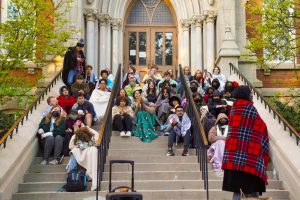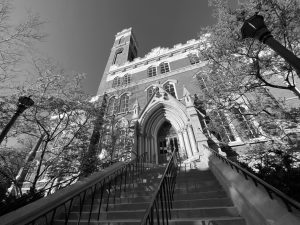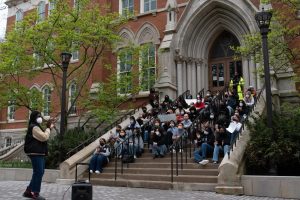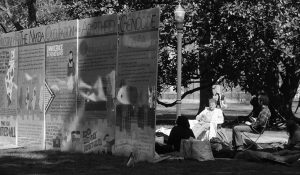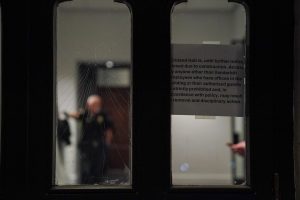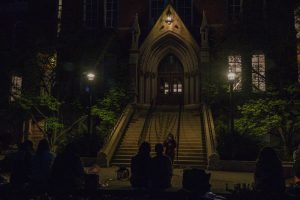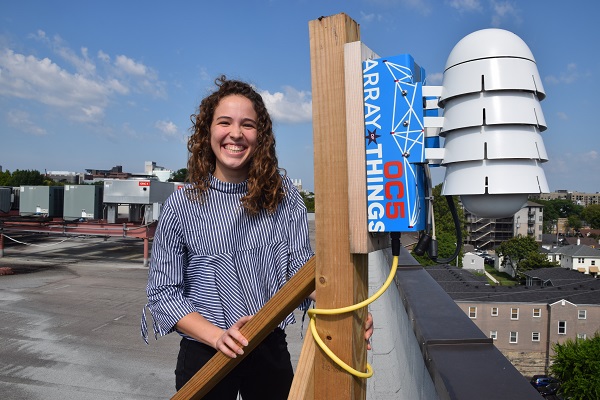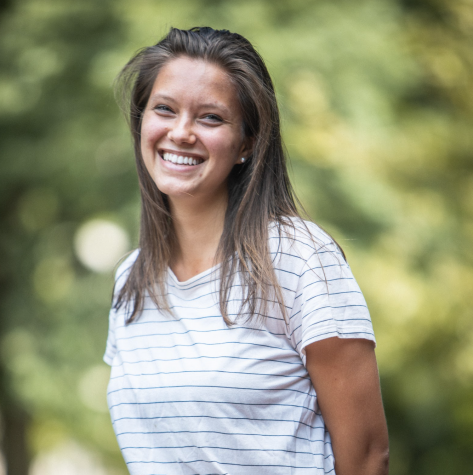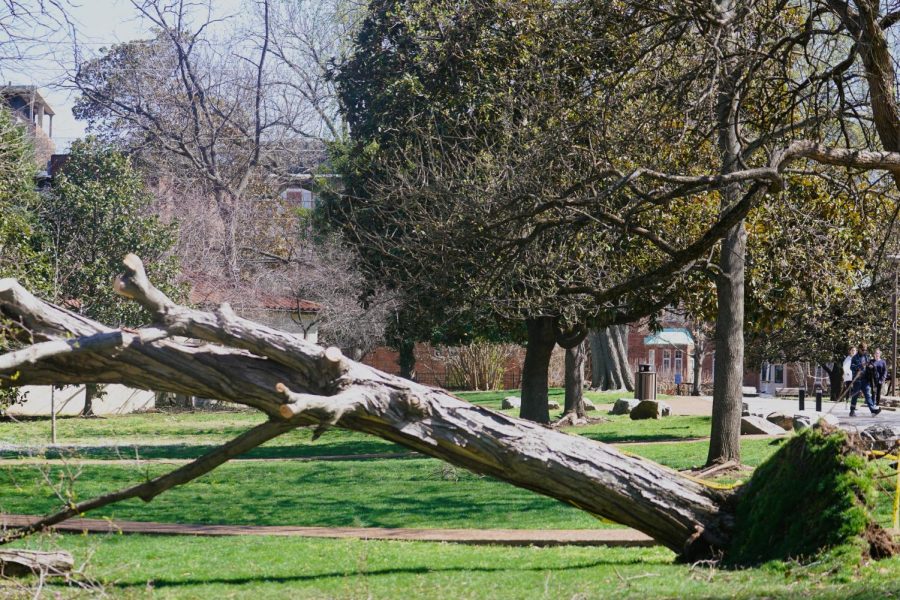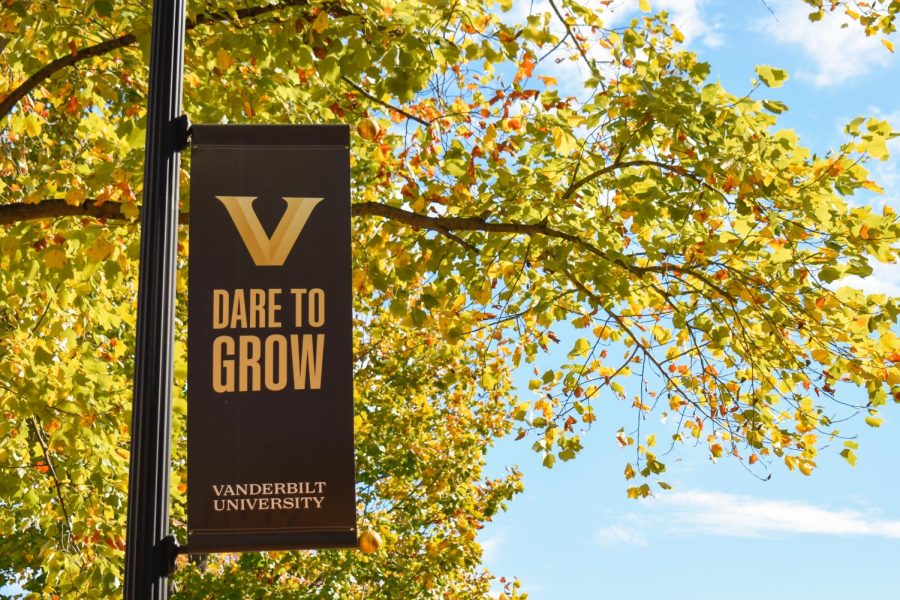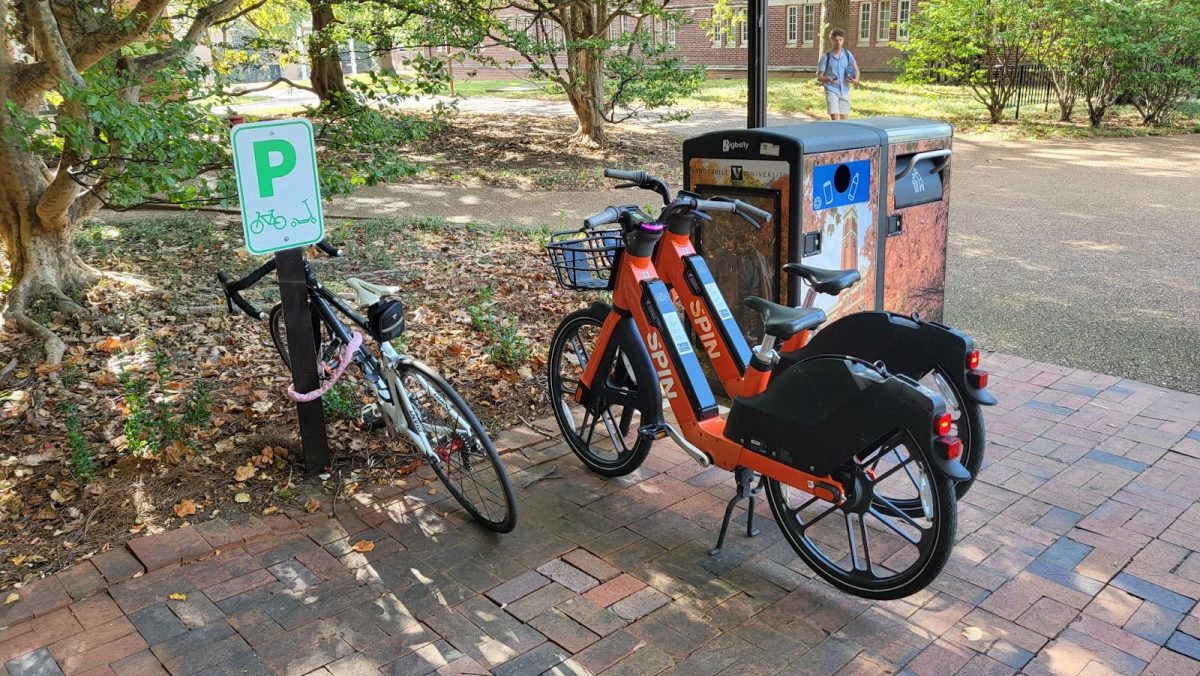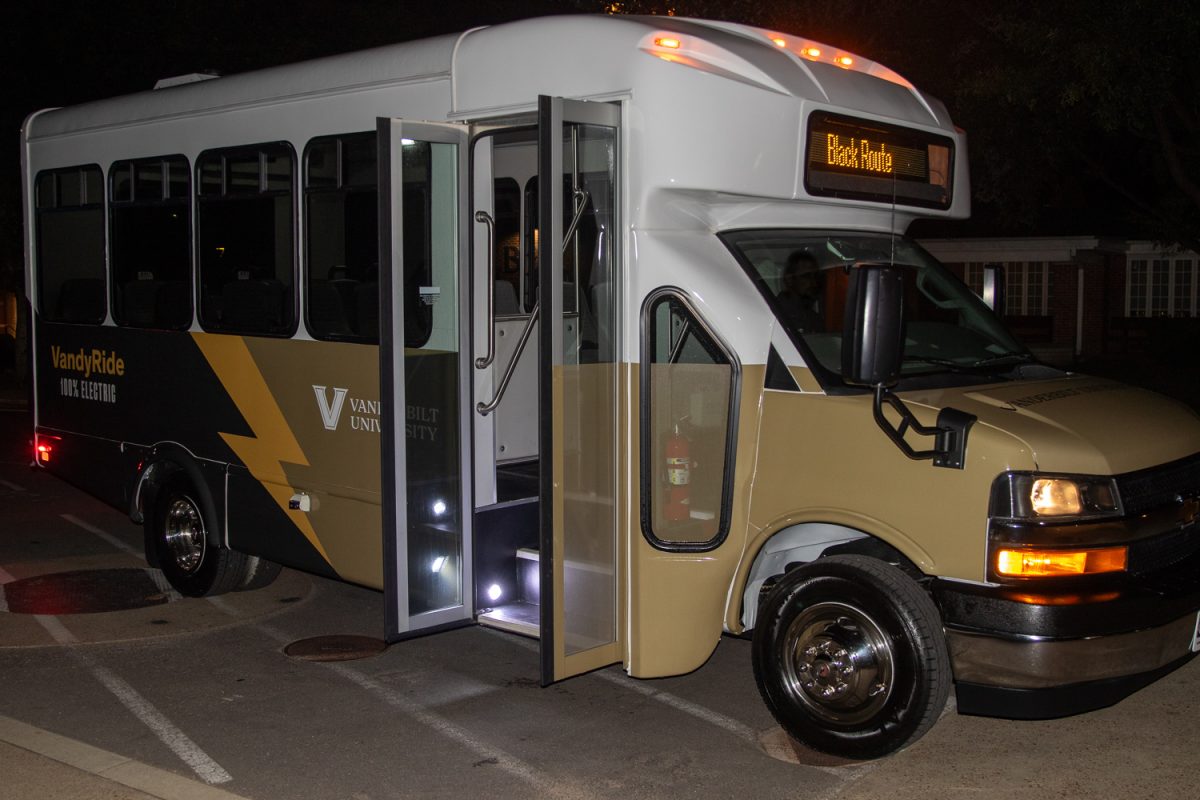Vanderbilt’s location near an urban center brings its own set of unique challenges. In light of these challenges, Array of Things, an ongoing project from Vanderbilt’s Department of Civil Engineering, is installing sensors around campus to measure environmental conditions, visualize mobility and offer quantitative data in hopes of tackling transportation-related problems.
The Array of Things sensors measure environmental conditions like air quality and temperature, as well as capture video footage of the area. A computer algorithm processes the footage to visualize how people and vehicles move around campus. The resulting analytics could inform future changes to infrastructure around campus, said Will Barbour, a civil engineering PhD student who manages the Array of Things project under the direction of civil engineering professors Dan Work, Mark Abkowitz and Craig Philip.
Their work forms part of the broader Array of Things project run through the Illinois-based Argonne National Laboratory, but Vanderbilt’s implementation is specifically tailored to focus on mobility.
Take, for example, the bridge over 21st Ave. to Commons, where the Array of Things team installed their first sensor last fall. The bridge has been identified as a mobility chokepoint, and the node was selected very intentionally to gather more detailed data on how people are using that bridge, Barbour said.
“Do we need to lengthen the crosswalk time of the crosswalk below? Do we need to build a second pedestrian bridge?” asked senior Caroline Janssen, a civil engineering major on the project team. “There’s a whole scale of very minor to very aggressive actions you can take, and you can’t decide how you’re going to take these unless you have the quantitative data to back that up.”
The Array of Things data from that sensor could inform changes to pedestrian infrastructure when the city repaves 21st Avenue this fall, Janssen said.
“We are lucky to have such a geographically compact campus,” SPEAR president Keegan Campanelli wrote in an email to The Hustler. “We have the advantage of being able to walk almost anywhere on campus. I think Vanderbilt should work on ways to incentivize walking by making it a more enjoyable, safer, and easier experience.”
Pedestrian-friendly infrastructure could incentivize walking with longer crossing times or a second crosswalk, Janssen said.
The Array of Things installation intersects with the MoveVU program, which identified targeted areas for improvement in terms of how Vanderbilt faculty, staff and students commute to and around campus. This isn’t the first data-collection effort that administration has employed to inform MoveVU efforts, however. The Ofo bike pilot, which allowed students to use dockless yellow bikes to get around campus for free, also acted as a data collection strategy. Each time students took a free ride on an Ofo, GPS data from the trip was collected and aggregated.
“The administration wants solutions and is interested in implementing wild stuff in pursuit of that,” Barbour said.
Since the sensors capture high-resolution video footage, the team took extra safety precautions from the very beginning to protect personally identifiable information. For one thing, some of the data analysis happens onboard the actual node, which functions as a small computer. This means that the data leaving the node is non-personally identifiable information, like numbers and time stamps, according to Barbour. The video footage captured by the nodes goes directly to the Vanderbilt Department of Public Safety, where it is treated like any of their other security camera footage, Barbour said.
“Obviously in a lot of these situations where you’re data-collecting, you have to be very careful with people’s privacy. And we were,” Janssen said. “I spent a whole semester watching out that people’s personal information was protected.”
In the future, the data from the Array of Things nodes could be used to recommend solutions to other mobility issues on campus. Additionally, the project provides engineering students like Janssen the opportunity to leave a tangible effect on their surroundings.
“I’m very grateful for the experience,” Janssen said. “I think it’s very unique to have students being able have an impact on their own campus, on the world around them.”


